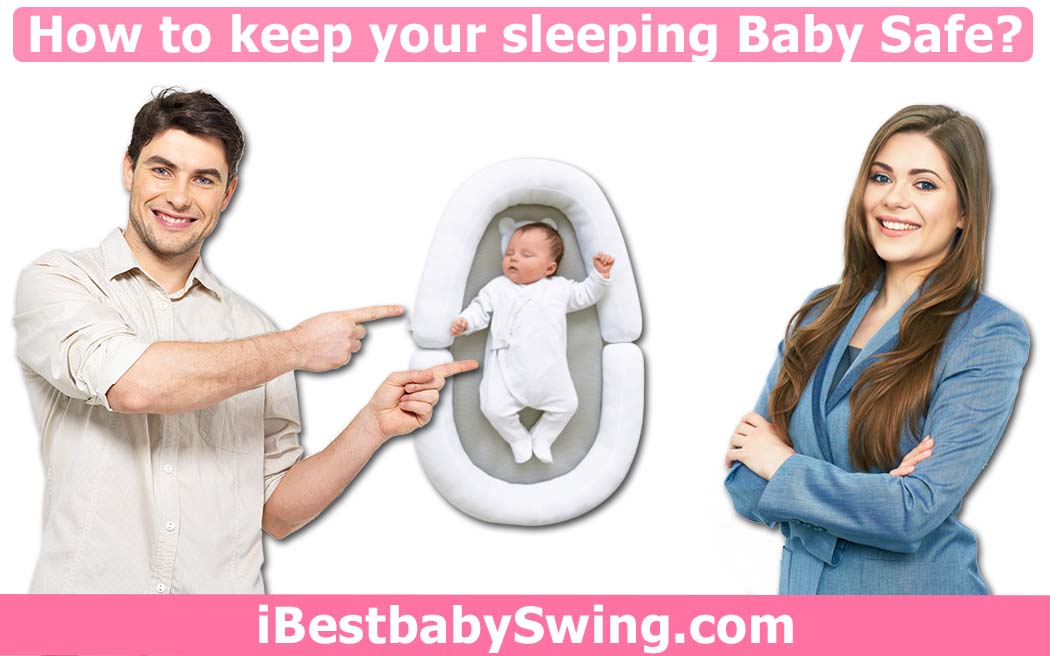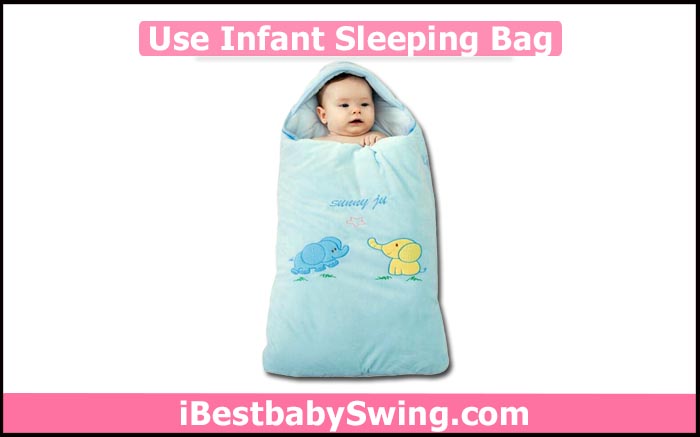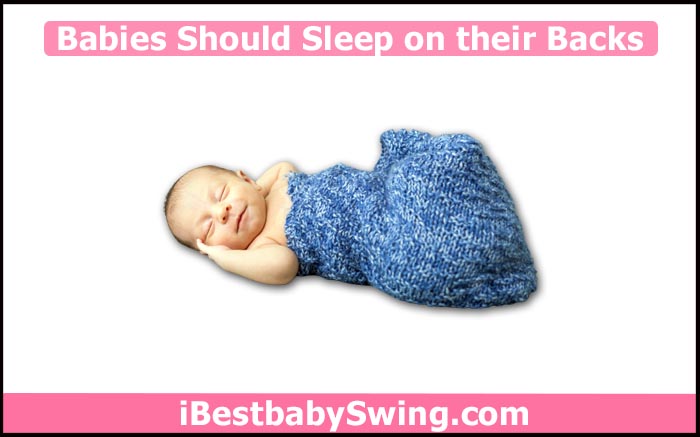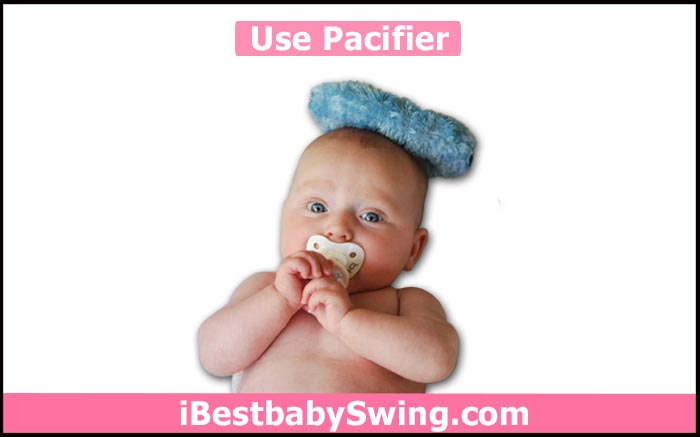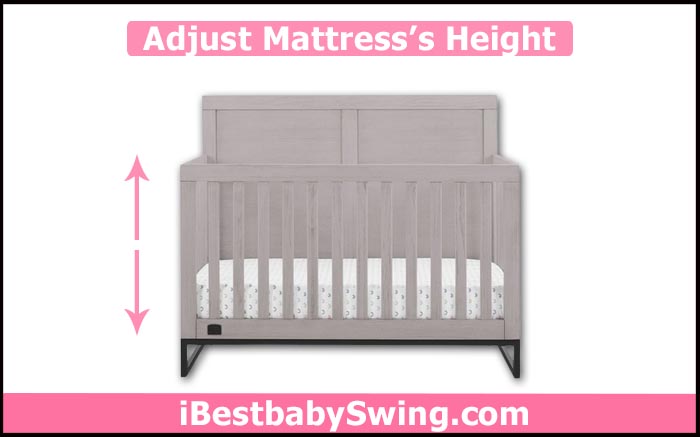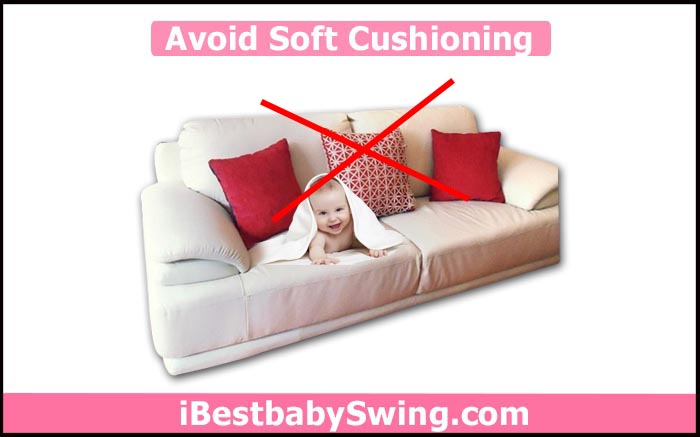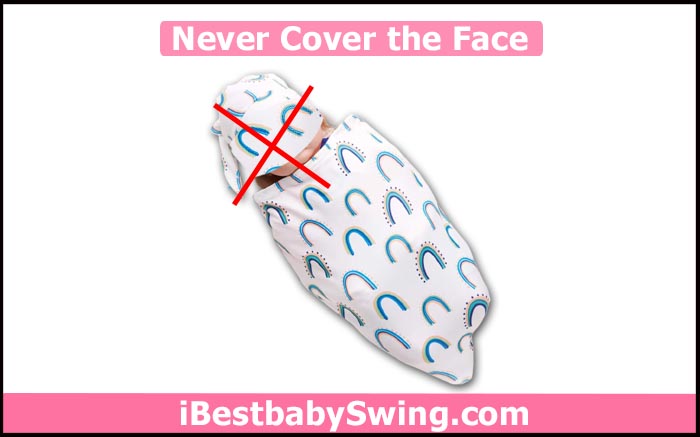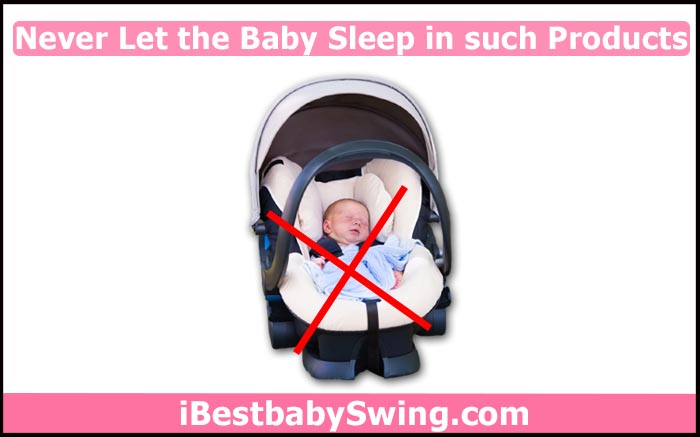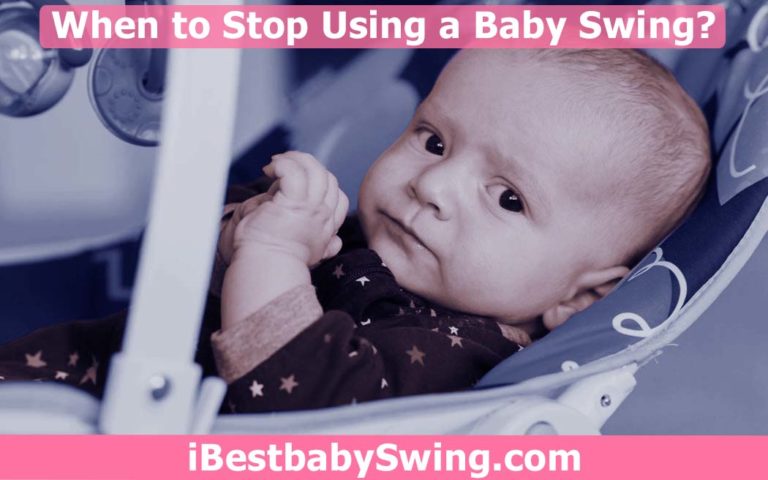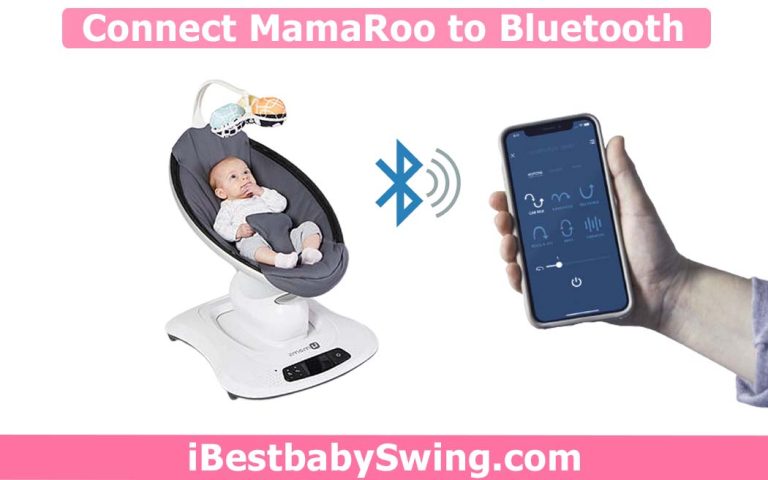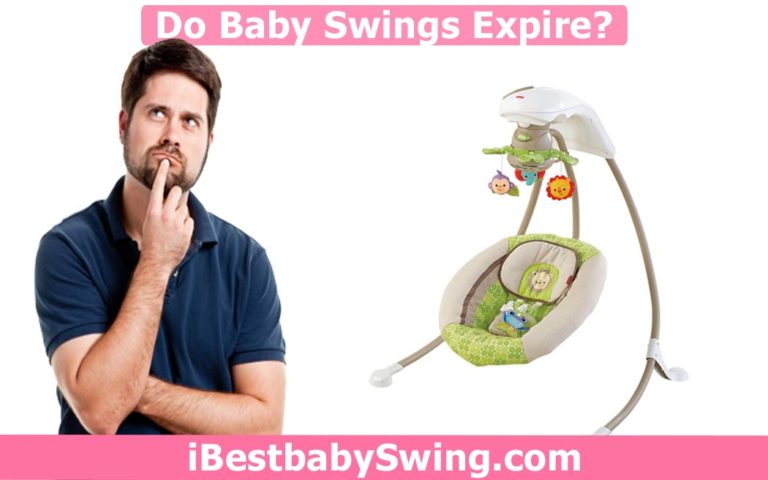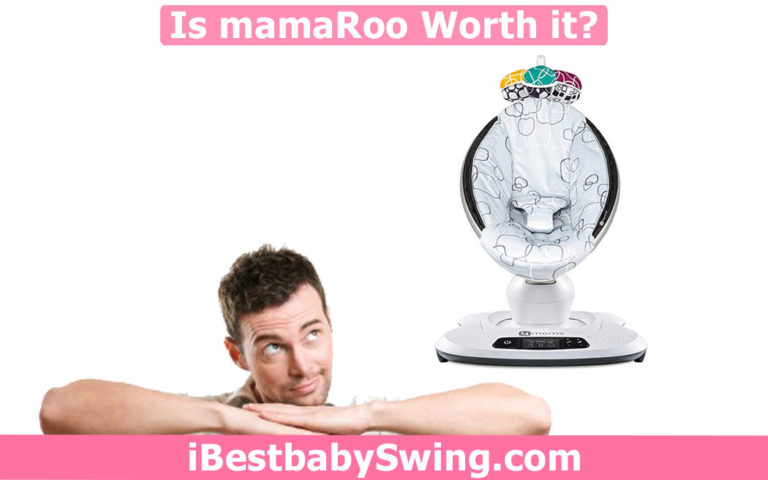Sudden infant death is rare, but it can happen with your baby as well. However, you can keep your baby safe while sleeping from sudden deaths and SIDS by following the guidelines. According to statistics, around 3500 babies die due to sleep-related death, and 1 out of 1000 babies die due to SIDS every year in the United States. Even if the baby is lying comfortably in a swing bouncer or in any other object, SIDS can occur. However, SIDS is unexplained, still many factors which increase the chances of SIDS are:
- Premature birth
- Drinking alcohol during pregnancy or after birth
- Smoking during pregnancy or after birth.
- Infection
Apart from SIDS, babies can also die due to suffocation or choking. Parents have an important role in preventing their babies from all these deaths while sleeping. . That’s why we have pointed some mistakes that parents make while their babies are sleeping. However, if you focus on these mistakes and follow the guidelines updated by the American Academy of Pediatrics (AAP), you can create a comfortable, safe sleeping environment for your baby, which can reduce the chances of all kinds of sudden deaths.
Good Practices for Babies’ Safe Sleeping
These safe sleep practices are designed for babies of up to 1 year; they can help reduce the infants’ deaths while sleeping.
1. Sharing the same room
According to APA’s recommendation, parents should share the same room with their babies until the age of 1 year. That’s how they can keep an eye on their baby’s comfort and feeding needs. According to reports, a 50% reduction is seen in SIDS risk of babies who sleep in the same room as their parents.
2. Breastfeed can help in safe baby sleeping
Try to breastfeed your baby as much as you can. Only use infant formula when you can’t breastfeed your baby. It is observed that breastfeeding reduces the 50% chances of infant deaths, including SIDS. Even AAP recommends that for the first six months, breastfeeding should be the only diet for babies. After six months, when you add a few more things into their diet, keep breastfeeding until one year of baby’s age.
3. Use CPSC approved baby crib
Use a crib that passes all the safety standards given by CPSC. Moreover, the crib shouldn’t be stuffed with pillows, toys, and blankets that can cause suffocation and increase the chances of sudden death. Remember, there should be the only baby in the crib. If you want to decorate, then decorate the room with toys, but not the crib. There are few more factors that you should keep in mind while getting a crib:
- Look for the weight limit; typically, good quality cribs can support 35-50 pounds weight, which is enough for babies under one year. Beware of getting low-quality cribs that hardly support 15 pounds because babies achieve this weight around 3-4 months of their age.
- Carefully inspect the bolts, screws, and brackets. There shouldn’t be sharp or rough edges because it can hurt your baby.
- The crib area should be wide, and the base should be firm so that it won’t collapse or break easily.
- If you are getting a used crib, make sure it’s not very old, especially those cribs that came before 2011 are not recommended. The safety standards are being enhanced day by day. Older cribs may not meet the current safety standards, chances of such cribs being broken are higher. That’s why it’s better to buy a brand new crib, and if you can’t afford a new one, make sure it is not more than 4-5 years old.
- If you are buying a 2nd hand crib, even if it’s only 2-3 years old, still ensure there is no peeling paint or cracks on the wood.
- Though baby cribs contain slats, which is okay if they are narrow, you have to keep in mind that the width of slats shouldn’t be more than 2.4 inches. A wider gap between slats increases the chances of the baby’s head getting trapped in them, creating a risky situation.
4. Try using an infant sleeping bag
If it’s winter, you can use an infant sleeping bag, as it is open from the face side and can keep the baby warm without covering the face.
5. Babies should always sleep on their back
Babies should never sleep on their stomachs or sides until they reach one year of their age. The best position is to sleep on their back. It is reported that babies who sleep on their back are less likely to die with SIDS than those who sleep on their stomachs. Risk increases on sides as well because babies can easily roll from sides to stomachs if they sleep on their sides.
6. Set the balanced room temperature
The room’s temperature shouldn’t be too cold or too hot; it should be perfectly balanced. If you are feeling comfortable in the room, it means the temperature is good.
7. Choose comfortable clothes for baby
You should dress up the baby in comfortable clothes. The clothes should be appropriate to the room temperature. Make sure the baby is not getting cold or overheated in the dress.
8. Use a pacifier
A pacifier can be a good option to reduce the risk of SIDS. AAP recommends parents give a pacifier to their babies while sleeping. However, don’t give a pacifier immediately after the birth; wait until the baby becomes 3-4 weeks old. Once you have settled your nursing routine, you can offer a pacifier to your baby during sleep or a nap.
Some babies like the pacifier from the start, and some don’t like it at first. If your baby doesn’t like sucking the pacifier, don’t force him or put it back immediately. You can offer them again after some time. Moreover, you don’t need to hang the pacifier with clothes or around the baby’s neck.
9. Adjust mattress’s height with time
Adjust the mattress’s height according to the age of your baby. A full height is appropriate for a newborn baby. However, start decreasing the mattress’s height as the baby grows up because a bigger baby can climb and jump off the crib. How can you adjust the mattress height?
- Baby cribs come with an Allen key
- First of all, remove one fixed side rail of the crib using the Allen key. Then place that side rail on the ground.
- Now remove the screws of the crib’s base that are attached to the posts of the crib. Use Allen key for this purpose.
- After removing all the screws, lower the base to the desired height. You may see holes on the posts for height adjustment.
- Place the base at the desired height and tight all the screws using an Allen key.
- Now place the detached rail to the side of the crib and tighten its screws.
Avoid the Following Practices for Safe Baby Sleeping
1. Avoid soft surfaces
Soft objects like a cushion, soft bedding, loose sheets, soft mattress, sofa, and waterbed are not recommended for babies to sleep. Babies should sleep only on flat and firm surfaces. While getting a suitable mattress for your baby, keep the following safety tips in mind.
- The mattress shouldn’t be more than six inches thick. Take the dimensions of the crib and get the mattress that can fit in it tightly. Once you place the mattress inside of it, try to enter your fingers between the mattress and the sides of the crib. If you can enter more than two fingers between them, it means the mattress is smaller and not fulfilling the safety requirements. Usually, mattresses that come with cribs are appropriate to their sizes.
2. Never share the same bed
Though your baby should share the same room as you, they shouldn’t sleep on the same bed until six months of age. Only lie your baby on your bed when you want to feed them. When it’s time to sleep, lie your baby into a separate crib near your bed. Sharing the same bed can cause an alarming situation. The bed is full of pillows, and blankets which can cause suffocation for the baby. Moreover, you or your partner can accidentally roll over the baby, or the baby can fall off the bed. That’s why a separate crib is recommended for the baby.
3. Don’t cover the face
Even if it’s winter, make sure the baby’s face isn’t covered while sleeping.
4. Don’t let your baby sleep in any other baby product
Remember, a baby swing, stroller, car seat, sling, or carrier is not good for sleeping, as they can cause suffocation and can be the reason for infant death. If your baby falls asleep in any of them somehow, don’t let them sleep in these products for a long time. Try to bring them out and lie on a flat surface as soon as possible.
5. Avoid using a sleep positioner
Never use a sleep positioner, as they can also cause suffocation. The sleep positioners include an anti-roll pillow, mats with pillows on both sides.
6. Avoid using old cribs
Though we have asked you to use a separate crib for your baby, avoid using a drop-side crib. CPSC also recalled the drop-side cribs, as your baby can get stuck in them. They recalled when a seven-month-old child from Princeton, Kentucky, got stuck in the crib in September 2009. There is plastic hardware on the side of the crib that can be broken. If it happens, it detaches and creates a space between the drop-side and a crib mattress, causing your baby to get stuck between them, which will definitely cause suffocation and can be responsible for the infant’s death.
7. Ensure there is no cord near the baby
There shouldn’t be any window blind cord or electrical cord near the baby’s crib, as they can create a risky scenario because the baby can get tangled in them.
8. Avoid smoking
Secondhand smoking is very dangerous which can increase the chances of SIDS. That’s why never smoke near your child, whether you are inside or outside the house. Moreover, never let any smoker come near your child, as it is necessary for your baby’s safety.
9. Avoid co-sleepers
Avoid using co-sleepers because, in the end, you are sharing the same bed with your baby. They involve the risk of increasing suffocation which can be dangerous for your baby.
What to look in care providers?
Although baby care centers start providing their services to babies over six weeks old, however, the best practice is to wait as much as you can. Taking care of your baby at home helps you make an emotional bond with your baby and helps you understand their sleeping pattern.
However, if you have decided to take care providers’ services, you need to ensure they are following the guidelines required for safe baby sleeping. Even if the child care provider is licensed, you still must double-check by manually inspecting the place. First, get a recommendation from your friends and family who have already taken care providers’ services, then finalize a few of them. Then visit the place and look for the following things in place.
- They must have years of experience.
- They must have good-quality, CPSC-approved baby cribs.
- Their staff must be well-trained.
- Look at babies who are already sleeping there. They must be sleeping on their backs.
- There shouldn’t be any toys or other stuff in the crib.
- Mattresses in the cribs must be firm and perfectly fitted in the crib.
- Check the room temperature where babies sleep. It must be appropriate.
Then ask the following questions to them.
- Do they inspect the sleeping area before lying babies to the cribs?
- How many babies can you look after at a time?
- How do you screen the staff?
- Do you follow the safe sleep practices recommended by AAP?
FAQs
At what age is co-sleeping safe?
When the baby becomes one year old, then co-sleeping is considered safe for a baby. However, avoid sharing the same bed with your baby when the baby is younger than one year.
Is it okay for my newborn to sleep on my chest?
It’s okay for a baby to sleep on their mother or a father’s chest as long as parents are awakened. However, sleeping on the chest while the parents are sleeping can increase the chances of SIDS.
Conclusion
Safe sleeping practices can help reduce the chances of infants’ death. Showing careless behavior can increase the chances of sudden death for babies. That’s why it is important to read and follow the guidelines that we have shared in this article. They will help you keep your baby safe while sleeping.

